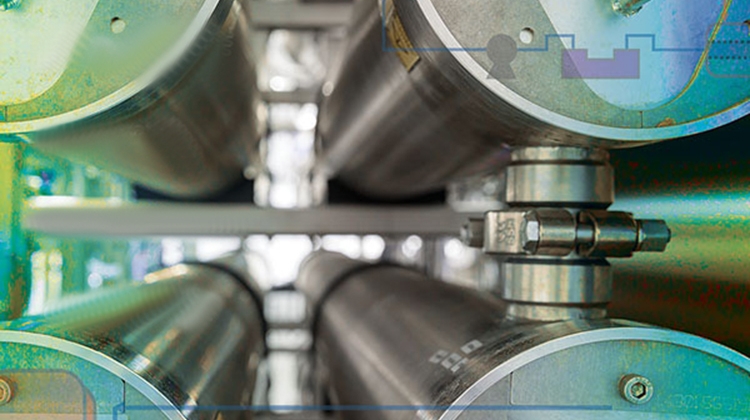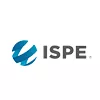 The ISPE Good Practice Guide: Membrane-Based Water for Injection Systems provides expert guidance on the design, operation, maintenance, and quality aspects of membrane-based WFI systems, including generation, storage, and distribution. This Guide reflects an industry wide collaborative effort by a diverse range of subject matter experts that include equipment providers, engineering firms, consultants, and pharmaceutical manufacturers. The information presented in this guide is the combination of proven technological solutions, microbial control methods, process analytical technology, and operations and maintenance practices.
The ISPE Good Practice Guide: Membrane-Based Water for Injection Systems provides expert guidance on the design, operation, maintenance, and quality aspects of membrane-based WFI systems, including generation, storage, and distribution. This Guide reflects an industry wide collaborative effort by a diverse range of subject matter experts that include equipment providers, engineering firms, consultants, and pharmaceutical manufacturers. The information presented in this guide is the combination of proven technological solutions, microbial control methods, process analytical technology, and operations and maintenance practices.
What are the benefits of membrane-based water for injection?
Brian Pochini: While distillation is considered the gold standard for producing WFI, advances in membrane-based technologies provide end users with more options to consider and can result in more sustainable solutions when properly designed, operated, and maintained. Membrane-based WFI systems can generate the same or better quality of water as distillation-based systems without the use of large quantities of energy (steam) which is required for distillation-based systems. Membrane-based WFI systems may not be for everyone as every company has a different tolerance for risk.
Why do you think this method is important in the pharmaceutical industry?
Brian Pochini: If designed, operated, and maintained correctly, membrane-based WFI can be a more sustainable method of producing WFI.
Who would benefit from this Guide?
Brian Pochini: All pharmaceutical manufacturing company stakeholders involved in designing, purchasing, installing, commissioning, qualifying, operating, and maintaining these systems, including groups such as Facilities, Engineering, Manufacturing, and Quality. External stakeholders including equipment suppliers and Consulting Engineering firms could also find the information in this guide helpful.
This guide provides an objective discussion of current best practices as well as critical technical information pertaining to membrane-based WFI systems. This guide is a companion guide to other existing ISPE Baseline™ and Good Practice Guides. The expectation is that the target audience will have a working knowledge and understanding of Purified Water and WFI system designs and the associated unit processes, but the successful implementation of membrane-based WFI may require more in-depth knowledge.
What are some of the key takeaways from this Guide?
Brian Pochini: Sustainability is not a given with membrane-based WFI systems. Improper or ineffective system design, operation, and maintenance can result in systems that are not as reliable as distillation-based systems.
The potential for costs savings should not be a blanket justification for considering the implementation of membrane-based WFI systems. The most important item to consider is the risk to product quality and patient safety. The decision between distillation-based technologies and membrane-based technologies requires a complex analysis of many factors. Each company should consider all the factors as described in this guide and make an informed decision.
The current edition of the Chinese Pharmacopeia prohibits all alternatives to distillation. For some companies this may be a driving force between technology selections if the products produced are intended for the Chinese market.
To your knowledge, is there other guidance like this available?
Brian Pochini: This Good Practice Guide is the first guidance document that presents a global view of membrane-based WFI generation technologies and their impact on the storage and distribution system. There are two other documents currently available that provide a much more limited perspective:
- ISO 22519 Rev 2 is due to be published toward the end of 2022.
- The ISPE DACH Handbook provides input resulting from guidance issued by Ph. Eur. and therefore has a Europe only focus on membrane based WFI generation.
Buy Now!







